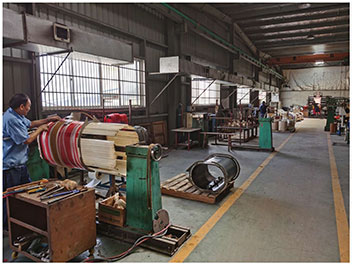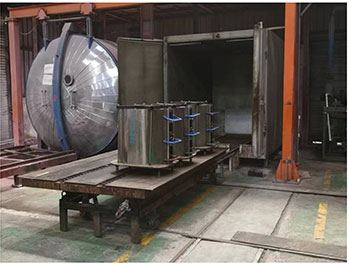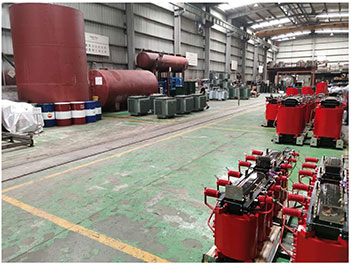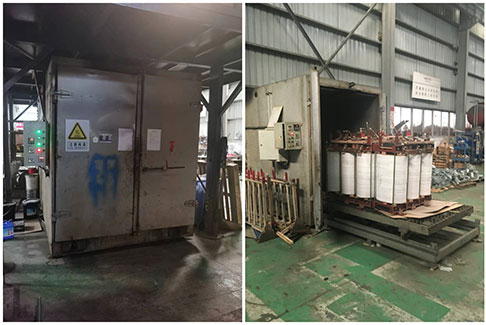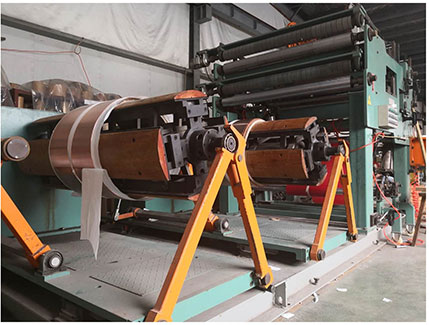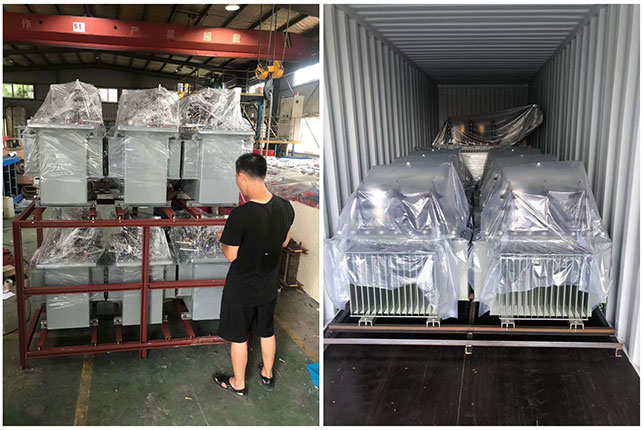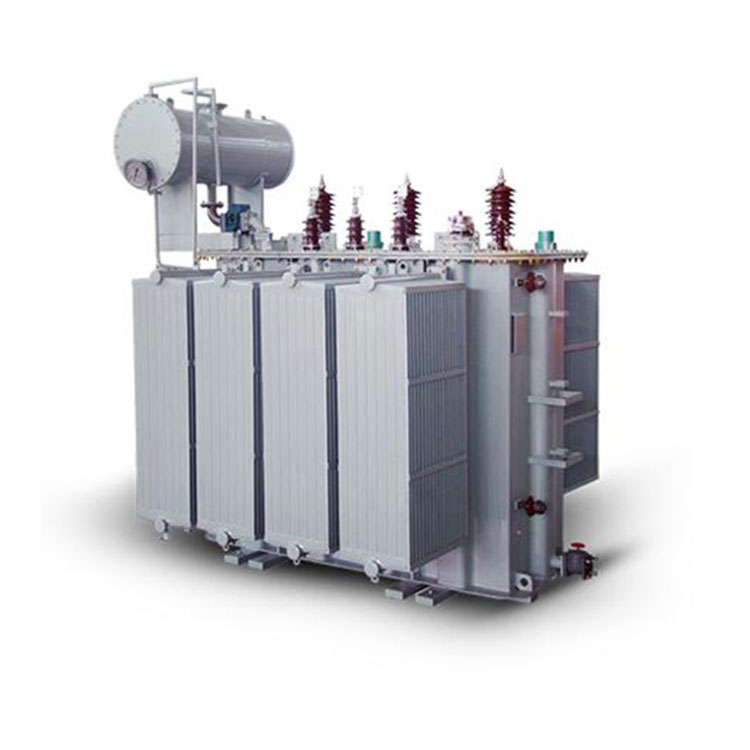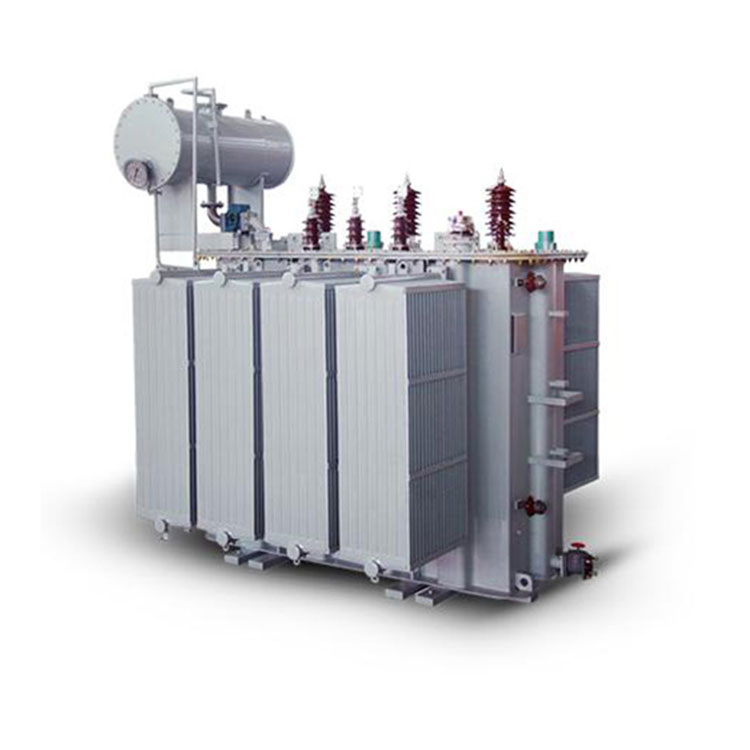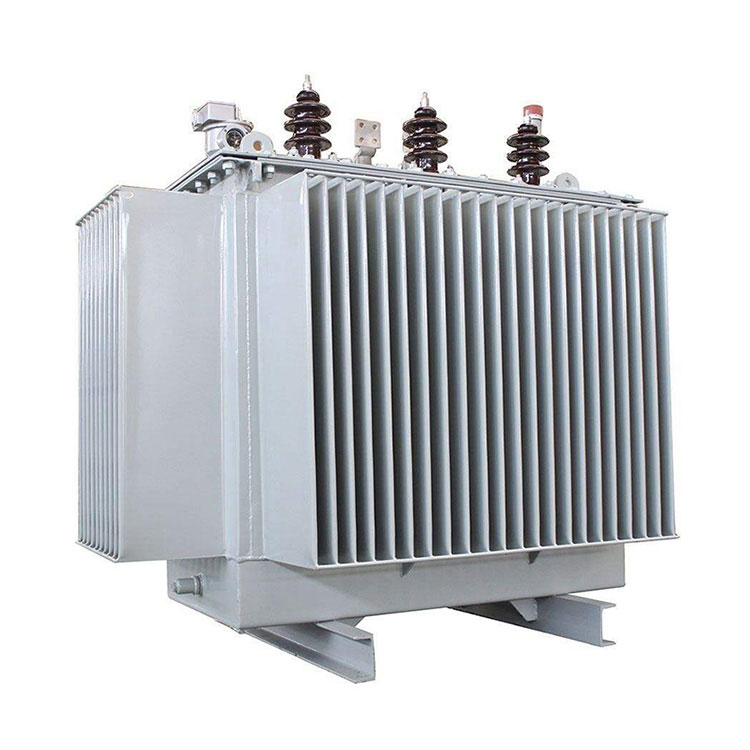- English
- Español
- Português
- русский
- Français
- 日本語
- Deutsch
- tiếng Việt
- Italiano
- Nederlands
- ภาษาไทย
- Polski
- 한국어
- Svenska
- magyar
- Malay
- বাংলা ভাষার
- Dansk
- Suomi
- हिन्दी
- Pilipino
- Türkçe
- Gaeilge
- العربية
- Indonesia
- Norsk
- تمل
- český
- ελληνικά
- український
- Javanese
- فارسی
- தமிழ்
- తెలుగు
- नेपाली
- Burmese
- български
- ລາວ
- Latine
- Қазақша
- Euskal
- Azərbaycan
- Slovenský jazyk
- Македонски
- Lietuvos
- Eesti Keel
- Română
- Slovenski
- मराठी
- Srpski језик
6 6.3 Mva Power Transformer Used In Substation
Send Inquiry
Video
6 6.3 mva power transformer used in substation Economical Operation:
1. Ensure Three-Phase Load Balance:
When there is an imbalance in the three-phase loads in the distribution network, it can lead to variations in the currents in the other phases of the distribution lines and result in a significant increase in three-phase voltage differences. This situation can degrade the distribution quality. To ensure the balance of three-phase loads, transformers need to be positioned at the center of the distribution network. Monitoring the network during operation and installing both harmonics filtering and reactive power compensation systems are necessary. Additionally, for high-power appliances, dedicated single-phase transformers should be used and directly connected to the high-voltage grid. These measures help maintain or approximate a balanced state for three-phase loads in the distribution network.
2. Optimal power transformer Capacity Selection:
Analysis reveals that for transformers with the same capacity, there is not much difference in load utilization, and as a result, the annual energy loss does not vary significantly. Therefore, the power transformer capacity requirement is not very stringent. Analyzing curve data shows that with the same power transformer capacity, higher load losses result in higher overall power transformer losses, and conversely, lower load losses lead to a closer approximation to the optimal load utilization, enhancing the energy efficiency of the entire power system. In the process of selecting power transformers with different capacities, to meet technical requirements, power transformers with lower operating costs should be chosen when the investments are similar or nearly so. Preferably, power transformers with better technical specifications should be selected.
3. Installation of Automatic Voltage Regulators:
During the operation of power transformers, the load on power distribution transformers can significantly impact their energy-saving capabilities. Research indicates that when the load on distribution transformers exceeds their rated load by 5%, iron losses in the power transformers increase significantly, by approximately 15%. Furthermore, when the power transformer load exceeds the rated value by 10%, energy losses in the power transformer increase by 50%. Therefore, in the design of energy-efficient power transformers, it is essential to implement automatic control of power transformer loads within the rated voltage range. Currently, this functionality is achieved through the use of automatic voltage regulators. The operation of an automatic voltage regulator is equivalent to a three-phase auto-transformer, which keeps distribution voltages within 20% fluctuation, ensuring the stability and energy efficiency of the distribution system. Additionally, during the operation of an automatic voltage regulator, the taps on the main power transformer can be adjusted based on the load conditions in the distribution network to ensure the output voltage meets requirements. However, it's worth noting that this method has limitations, particularly in meeting voltage stability requirements for long-distance power transmission, which can result in higher voltages near the power transformer and lower voltages further away, leading to a decline in power quality. Therefore, when setting up automatic voltage regulators, they are typically combined with reactive power compensation systems to ensure distribution quality.
6 6.3 mva power transformer used in substation Technical Parameter:
| Rated Capacity: | 6.3 mva; |
| Mode: | S11-M-6300 or depends; |
| Voltage Ratio: | 33/11 kV, 35/6.3 kV, 30/10 10/6.6 etc; |
| No loading loss: | 4.89 kW±15% or depends; |
| loading loss: | 35.0 kW±15% or depends; |
| Impedance: | 5.5% ± 15%; |
| Short Circuit Current: | ≤0.40%; |
| Basic Insulation Level: |
75kV/35kV(LI/AC) or 200kV/85kV(LI/AC); |
| Winding Material: | 100% Copper or 100% Aluminum; |
CONSO·CN 6 6.3 mva power transformer used in substation Detail:
Transformer Winding:

Transformer in Application:

CONSO·CN 6 6.3 mva power transformer used in substation Workshop:
|
Winding Workshop |
Coil Drying Area |
Oil Filling Area |
Finished Product Area |
6 6.3 mva power transformer used in substation Testing Center:

6 6.3 mva power transformer used in substation Producing Equipment:
|
Transformer Oven |
Casting Equipment |
Foil winding machine |
CONSO·CN 6 6.3 mva power transformer used in substation Ready to Ship:

Package method:
|
Wooden Box |
Steel Structure |




